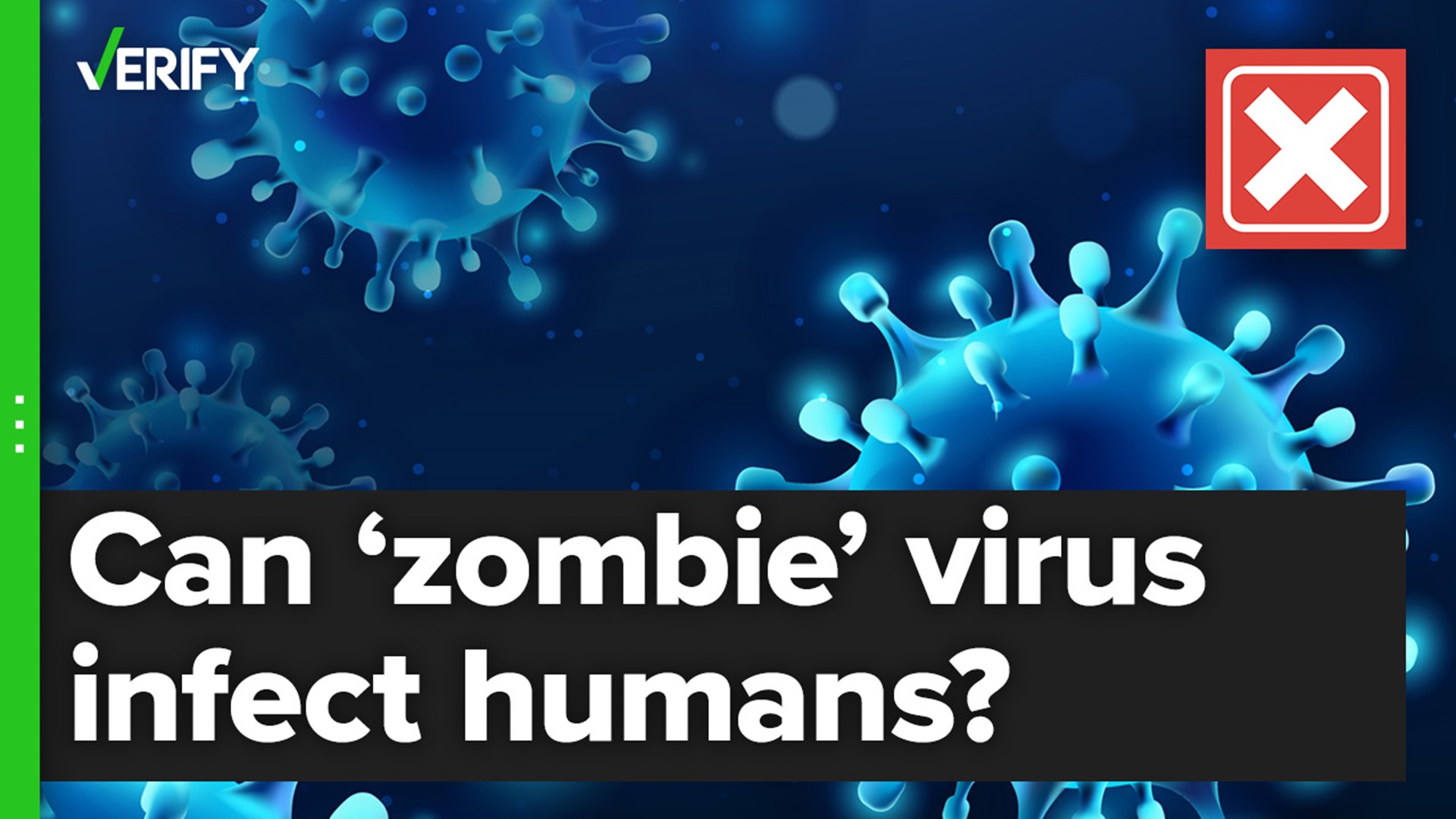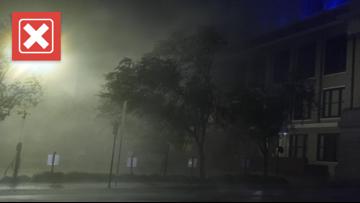If you’ve been on social media recently, you’ve probably seen headlines and posts about a so-called “zombie” virus revived from permafrost, or ground that constantly stays frozen, after nearly 50,000 years.
Some people online, including news outlets, have claimed the virus has the “potential to be infectious” and could pose a threat to humans, sparking fears of another pandemic like COVID-19.
THE QUESTION
Can the “zombie” virus revived from Siberian permafrost after nearly 50,000 years infect humans?
THE SOURCES
- Scientific preprint paper published by bioRxiv on Nov. 10, 2022
- Jean-Michel Claverie, co-author of the paper and professor of medicine at Aix-Marseille University in France
- Research article written by Clyde Schultz, Ph.D., a biology professor at the University of Calgary in Alberta, Canada
- Paulo Verardi, Ph.D., associate professor of virology and vaccinology at the University of Connecticut
THE ANSWER
No, the “zombie” virus revived from Siberian permafrost after nearly 50,000 years cannot infect humans.
WHAT WE FOUND
European scientists revived 13 previously undiscovered viruses from seven samples of permafrost in Russia’s Siberian region, and found that they remained infectious, according to a preprint paper that hasn’t yet been peer-reviewed.
But these viruses can’t infect humans, as the paper and its co-author Jean-Michel Claverie note.
The “zombie virus” preserved for nearly 50,000 years belongs to a group of viruses known as pandoraviruses. These viruses are not known to infect humans, Clyde Schultz, Ph.D., a biology professor at the University of Calgary in Alberta, Canada, noted in a 2019 research article.
When VERIFY asked if the "zombie virus" poses a danger to humans, Claverie said, “Absolutely not.”
"This is a virus capable of infecting a specific amoeba called ‘acanthamoeba,'" he added.
The “zombie virus” was frozen underneath a lake for more than 48,500 years, while scientists found other viruses in mammoth wool and a fossilized wolf’s intestinal contents buried beneath permafrost, among other samples. Some of the other viruses are also thought to be tens of thousands of years old.
More from VERIFY: No, Boston University didn't create a COVID strain with a human mortality rate of 80%
Though these particular viruses won’t make humans sick, the scientists believe their results can be extrapolated to others capable of infecting people or animals. Their paper notes it is “likely” that permafrost, eventually much older than 50,000 years, will eventually release unknown viruses upon thawing.
“How long these viruses could remain infectious once exposed to outdoor conditions (UV light, oxygen, heat), and how likely they will be to encounter and infect a suitable host in the interval, is yet impossible to estimate,” the scientists wrote. “But the risk is bound to increase in the context of global warming when permafrost thawing will keep accelerating, and more people will be populating the Arctic in the wake of industrial ventures.”
This isn’t the first time scientists have discovered viruses in permafrost, either. Their most recent research expands upon a 2015 study in which Claverie and others revived a 30,000-year-old virus from Siberian permafrost.
Although these specific viruses can’t infect humans, there is a slight chance other viruses that emerge from melted permafrost in the future could pose a threat.
Since the viruses recovered from permafrost so far typically only infect small organisms like amoebas, in general “they are not expected to be public health threats,” Paulo Verardi, an associate professor of virology and vaccinology at the University of Connecticut, told VERIFY.
He added that we should be “aware and prepared” for potential viruses in the future.
“...From a public health perspective, the relative risk of an outbreak due to reemergence is very small (although not zero),” Verardi wrote in an email.
Verardi did note that there is also the potential for some eradicated viruses to make a comeback through melting permafrost. One example is the virus that caused smallpox in humans, as it may have been preserved in the corpses of people who died from the virus.
“The smallpox virus (variola virus), like these amoeba viruses, is very stable and therefore more likely to be revived. Most other viruses are easily degraded and inactivated over time,” he said. “Regardless, at the moment we have more important and tangible viral threats to public health, such as SARS-CoV-2, influenza virus, and respiratory syncytial virus (RSV).”












